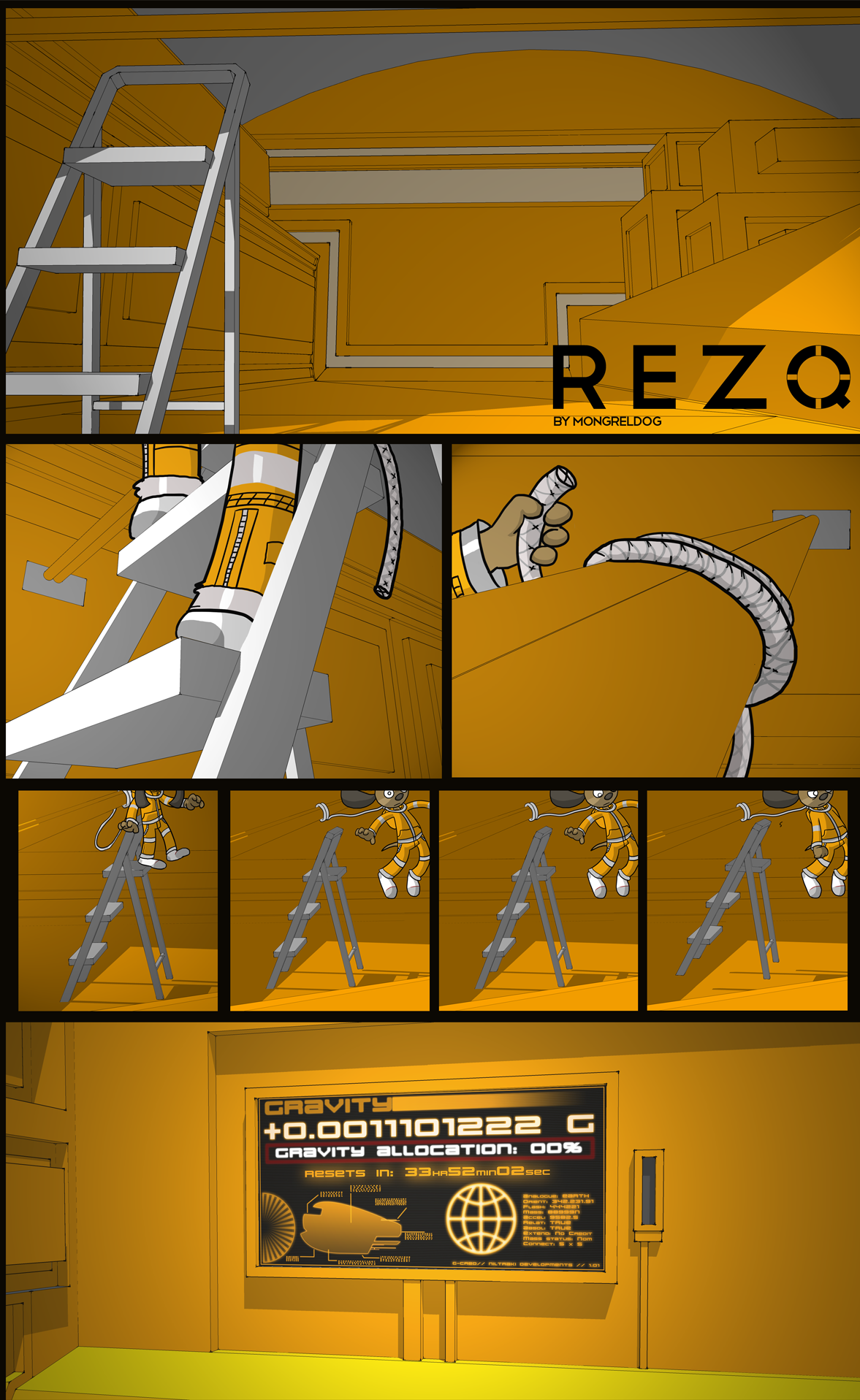When you work on a deep space vessel of any kind, gravity is another commodity that you have to keep one weary, sore, sleep-deprived eye on.
When truly controllable artificial gravity was finally achieved, making obsolete the various giant spinning spacecraft that had to be used to keep career space travellers’ bones from disintegrating, it led to a massive shift in the way that starships were designed. They got bigger. Rooms started to be orientated much more like planetside rooms. A lot of clever-but-expensive specialised design decisions based around living in microgravity were cast aside, as cheaper off-the-shelf solutions that worked on Earth could be used instead.
The trouble is that non-spin gravity generators are extraordinarily fuel-hungry, based as they are on eliciting shaped, contingent, transient fields of ultra-high-density mass out of pure energy. The first waves of true artificial gravity technologies were implemented in an age where cheap energy was more abundant. But the safer high-energy-density fuels that used to power starships are getting harder to come by, as humanity ravenously devours the galaxy. So now, huge ships with colossal non-spin gravity systems both a) have to use dirtier, less efficient, more dangerous fuel sources and b) have to be more careful about how often they use those systems.
Usually, some kind of rationing is in place. Employees on a large private vessel will usually have a shared gravity allowance, resetting monthly (something that can get extremely fraught in a multi-person crew). Sure, you can purchase additional gravity credit — but it’s not cheap. Thankfully it does cut off when the allowance runs out, rather than simply racking up charges.
Anyway. Running out of gravity allowance is a pretty common occurrence for Thom. It happens at the most inconvenient moments.
[BTW if you are feeling suicidal here are some numbers to help you wherever you are in the world]
